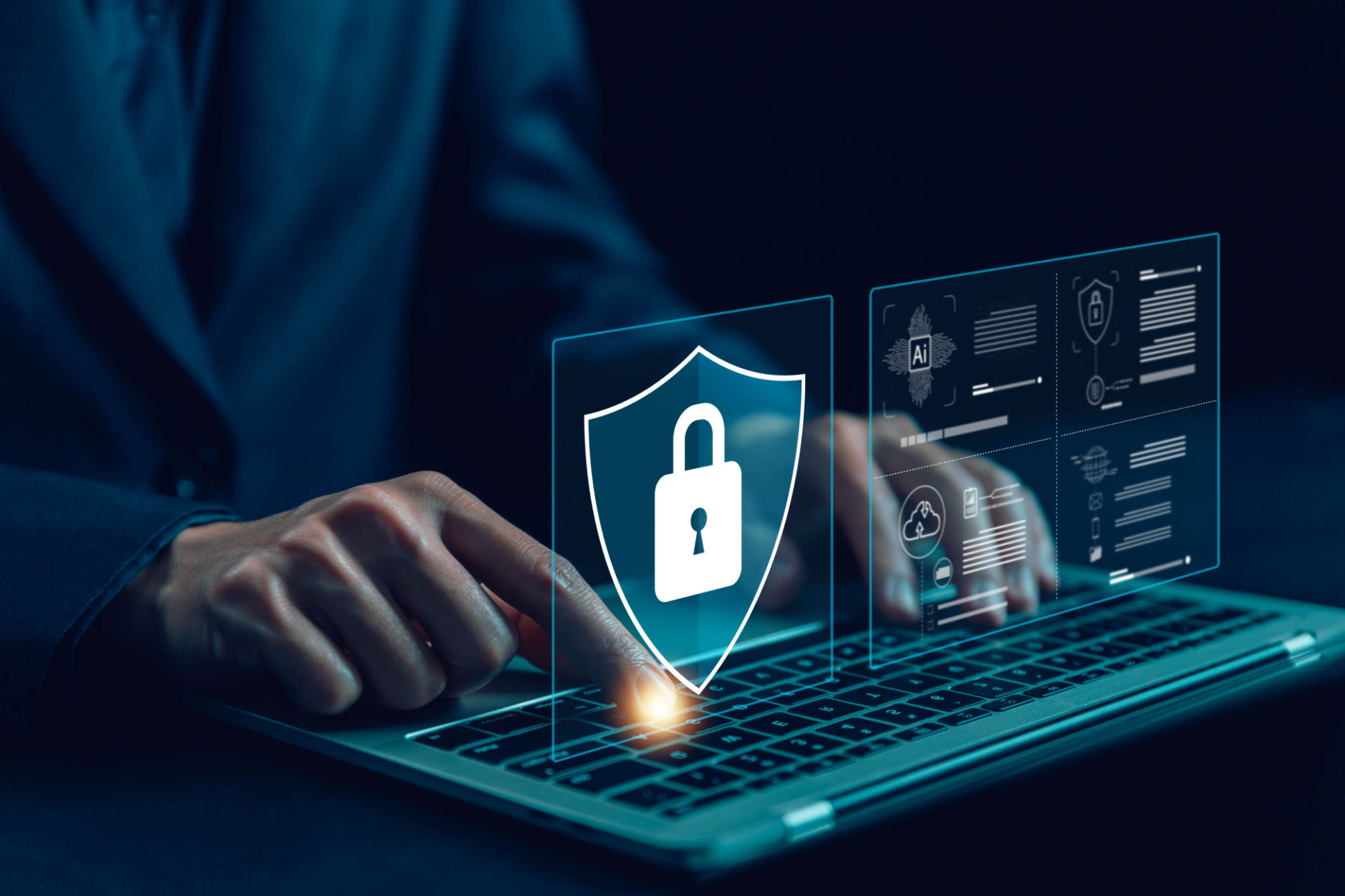Emerging Technologies in Remote Surveillance: What You Need to Know
The Evolution of Remote Surveillance
In recent years, remote surveillance has evolved significantly, driven by rapid advancements in technology. As businesses and individuals seek more efficient ways to monitor their environments, emerging technologies offer innovative solutions that enhance security and convenience. From AI-driven analytics to cloud-based systems, the landscape of surveillance is continuously changing, promising exciting possibilities for the future.
One of the most significant developments in this field is the integration of artificial intelligence (AI) and machine learning into surveillance systems. These technologies enable cameras to not only capture footage but also analyze it in real-time, identifying potential threats and alerting users instantly. This proactive approach helps prevent incidents before they occur, making surveillance systems more effective than ever.

Cloud-Based Surveillance Solutions
Cloud technology has transformed how we store and access data, and surveillance systems are no exception. With cloud-based solutions, users can store large volumes of video footage securely and access it from anywhere in the world. This flexibility is especially beneficial for businesses with multiple locations or individuals who travel frequently.
Moreover, cloud storage reduces the need for on-site hardware, lowering costs and simplifying maintenance. The scalability of cloud solutions allows users to expand their surveillance capabilities seamlessly as their needs grow. Additionally, enhanced data encryption ensures that sensitive information remains protected from unauthorized access.

The Role of IoT in Surveillance
The Internet of Things (IoT) is another powerful force shaping the future of remote surveillance. By connecting cameras and other devices to a network, IoT enables seamless communication and coordination between different components of a surveillance system. This interconnectedness allows for more comprehensive monitoring and quicker response times.
For instance, IoT-enabled cameras can work with smart locks or lighting systems to enhance security automatically. If a camera detects unusual activity, it can trigger an alert that locks all doors or turns on lights to deter potential intruders. Such integrations make surveillance systems smarter and more efficient.

Drone Surveillance Innovations
Drones are revolutionizing remote surveillance by providing eyes in the sky that can cover vast areas quickly and efficiently. Equipped with high-resolution cameras and sensors, drones can monitor large properties, construction sites, or remote areas with ease. Their ability to access hard-to-reach locations makes them invaluable for various industries, including agriculture, real estate, and public safety.
Furthermore, drones equipped with AI capabilities can autonomously patrol designated areas, identify anomalies, and relay real-time data to a central system. This hands-free approach minimizes human intervention while maximizing the reach and effectiveness of surveillance efforts.
The Future of Remote Surveillance
As technology continues to advance, the potential applications for remote surveillance are virtually limitless. Emerging technologies promise enhanced accuracy, greater efficiency, and improved user experience. However, with these advancements come new challenges, such as data privacy concerns and regulatory compliance.
It's crucial for organizations and individuals to stay informed about these technologies and consider their implications carefully. By doing so, they can harness the power of emerging surveillance technologies while ensuring ethical use and compliance with legal standards.

